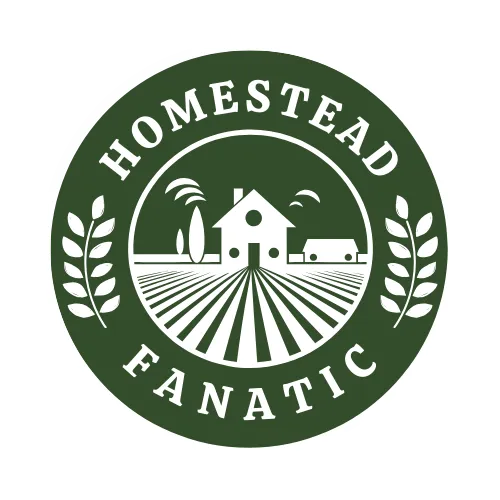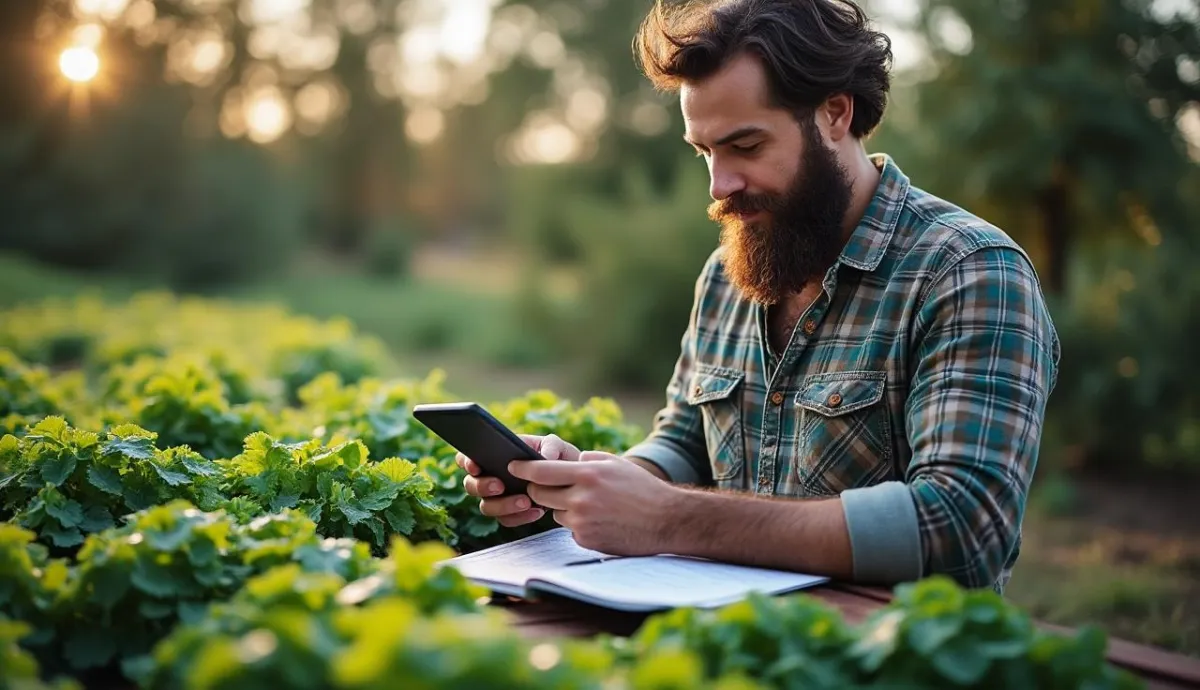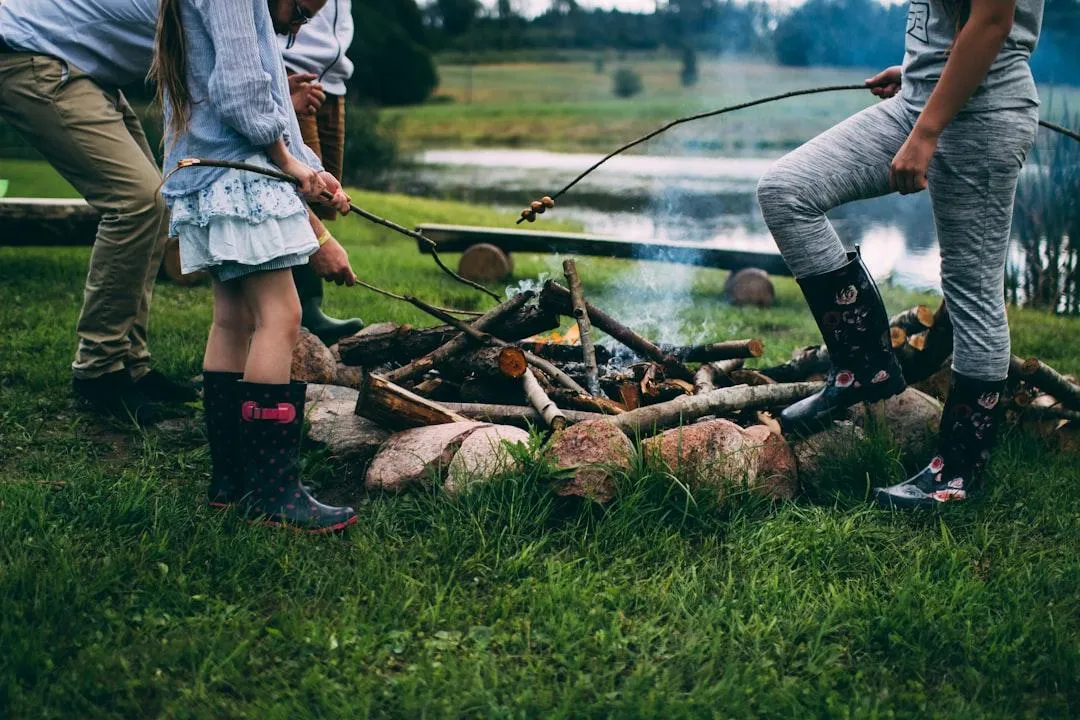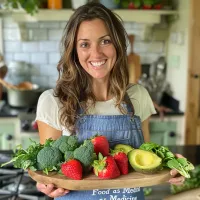
HOMESTEAD FANATIC BLOG
Discover amazing destinations, plan your perfect trip, and book unforgettable experiences. Our travel website makes traveling around the world easy, enjoyable, and hassle-free.
EXPLORE GREAT PLACES
THE HOMESTEAD BLOG

Prepping on a Budget: How to Prepare Without Breaking the Bank
Prepping doesn’t have to be an expensive endeavor. While it’s easy to be overwhelmed by high-end survival gear, the truth is that preparedness is about mindset, skills, and smart investments. Whether you're preparing for natural disasters, economic downturns, or other emergencies, you can build a solid prepper’s stash without emptying your wallet. Here’s how you can start prepping on a budget.
1. Prioritize the Basics
The foundation of any good preparedness plan revolves around three essential categories: food, water, and shelter. Before diving into expensive gear, make sure you have:
Food: Stockpile non-perishable foods like rice, beans, canned vegetables, pasta, and oatmeal. Buy in bulk when possible to save money.
Water: Store tap water in cleaned, repurposed bottles and consider purchasing water purification tablets or a budget-friendly water filter like the Sawyer Mini.
Shelter & Warmth: In case of a power outage or displacement, ensure you have sleeping bags, blankets, and tarps on hand.
2. Shop Smart: Buy in Bulk and Use Coupons
Big-box stores and warehouse clubs often offer bulk discounts on essential prepper items like dried foods, batteries, and first aid supplies. Keep an eye out for:
Clearance sales on camping and outdoor gear.
Buy-one-get-one-free (BOGO) deals on pantry staples.
Coupons for canned goods, hygiene products, and over-the-counter medicines.
Discounts from dollar stores, which often have great deals on canned food and household necessities.
3. Stockpile Cheap Yet Nutritious Foods
Prepping on a budget means choosing foods that are both affordable and have a long shelf life. Some of the best options include:
Rice and beans – Cheap, filling, and full of protein and fiber.
Pasta and flour – Useful for making bread and other survival meals.
Peanut butter – High in calories and protein, with a long shelf life.
Powdered milk – Provides necessary vitamins and lasts for years.
4. Learn DIY Skills
A huge part of prepping is being self-sufficient. The more you can do on your own, the less you’ll have to spend on expensive equipment or professional services. Learn how to:
Purify water using household bleach or boiling methods.
Make fire starters using cotton balls and petroleum jelly.
Build DIY solar ovens for cooking without electricity.
Sew, mend clothes, and create makeshift gear from salvaged materials.
5. Thrift Stores, Yard Sales, and Barter Deals
Second-hand shopping is a prepper’s best friend. You can find survival gear, tools, clothing, and backpacks at:
Thrift stores – Great for finding wool blankets, cast-iron cookware, and warm clothing.
Yard sales – Often have camping gear, tools, and storage containers at a fraction of retail prices.
Barter & Trade – Join local Facebook groups or community swap meets to trade excess supplies with fellow preppers.
6. Build a Budget-Friendly First Aid Kit
A solid first aid kit doesn’t have to be expensive. Instead of buying a pre-assembled kit, create your own by purchasing supplies separately:
Dollar stores often carry bandages, antiseptics, pain relievers, and gauze.
Buy generic brands to save money on over-the-counter medications.
Stockpile multi-purpose items like honey (natural antibiotic) and duct tape (for splints, repairs, and more).
7. Grow Your Own Food
Gardening is a long-term investment that saves money and ensures a renewable food source. Even if you don’t have much space, consider:
Container gardening for growing herbs and vegetables indoors.
Sprouting seeds for quick, nutritious food.
Learning to preserve food through canning, dehydrating, or freezing.
8. Repurpose and Upcycle
Prepping doesn’t mean buying new things all the time. Many household items can be repurposed:
Empty soda bottles can store water.
Old t-shirts can be turned into bandages or cleaning rags.
Coffee cans can store dry goods or be used for emergency cooking.
9. Take Advantage of Free Resources
Knowledge is one of the best survival tools, and there are plenty of free resources available:
YouTube channels on survival skills, gardening, and DIY prepping.
Public libraries for books on self-sufficiency and homesteading.
Community preparedness groups that offer free training and workshops.
10. Plan Ahead and Avoid Panic Buying
One of the costliest mistakes preppers make is panic buying. Instead of hoarding supplies last minute, build your stockpile gradually:
Set a monthly prepping budget and stick to it.
Create a list of priority items and tackle one category at a time.
Rotate supplies to prevent food waste and ensure freshness.
Conclusion
Prepping on a budget is all about being resourceful, making smart purchases, and acquiring useful skills. By focusing on essentials, leveraging free resources, and building your stockpile gradually, you can ensure your family’s safety without overspending. Preparedness doesn’t have to be expensive—it just requires a strategic approach. Start small, stay consistent, and over time, you’ll be well-prepared for any emergency situation.

POPULAR QUESTIONS
Asked Questions ?
Many people interested in homesteading ask about how to get started, what animals and crops are best for beginners, and ways to generate income from their land. Food preservation techniques are also a common topic, as self-sufficiency plays a key role in homesteading success. These FAQs provide a helpful starting point for anyone looking to embrace a more independent and sustainable lifestyle.
What is homesteading?
Homesteading is a lifestyle focused on self-sufficiency, which often includes growing your own food, raising livestock, preserving food, and using sustainable practices to reduce reliance on modern systems.
How do I start homesteading with little or no land?
Even if you don’t have a large property, you can start small by container gardening, keeping backyard chickens (if permitted), composting, and learning essential skills like food preservation and DIY projects.
What animals are best for a beginner homesteader?
Chickens, rabbits, and ducks are great starter livestock. They require less space, are relatively easy to care for, and provide eggs or meat while helping with pest control.
How can I make money from homesteading?
Many homesteaders generate income by selling eggs, honey, homemade goods, fresh produce, handmade crafts, or even offering homestead-related workshops.
What are the best crops for beginner homesteaders?
Easy-to-grow crops include tomatoes, zucchini, lettuce, radishes, and herbs like basil and mint. These require minimal maintenance and provide a great starting point for new homesteaders.
How do I preserve food for long-term storage?
Canning, dehydrating, freezing, and fermenting are all effective ways to preserve food. Each method has its benefits, depending on the type of food and your available storage space.

Your Gateway to Global Adventures Await Here.
Quick Links
Home
About Us
Services
Blog
Quick Links
Email:
